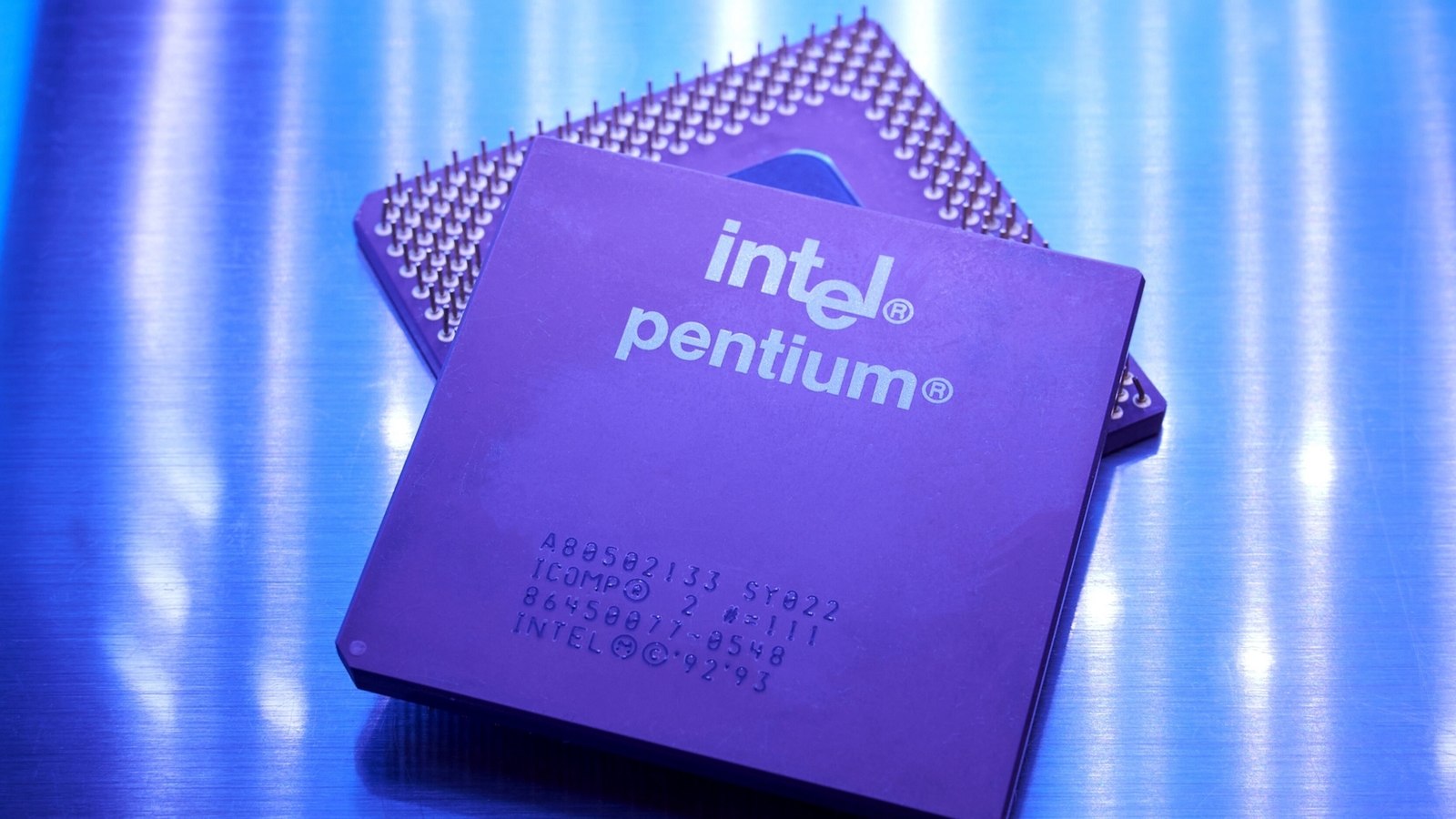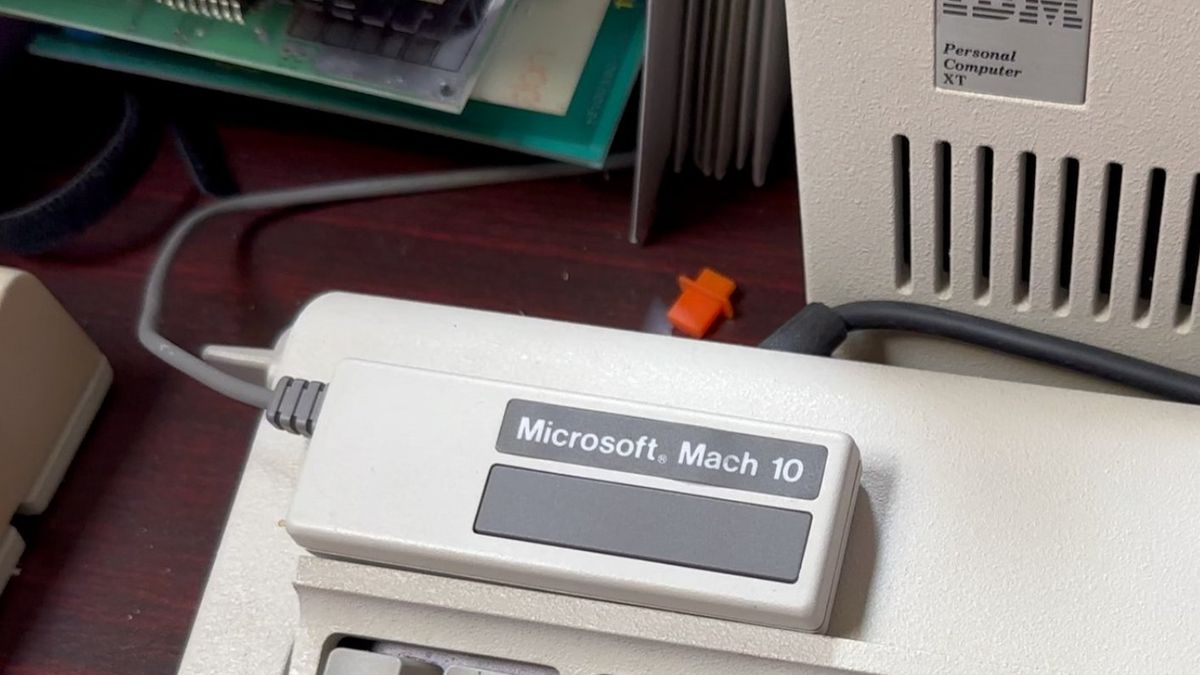Linux is renowned for supporting incredibly ancient hardware, but there are limits to even what Linux developers can support. Phoronix reports that Linux developers are finally proposing removing support for ancient i486 and early i586 (Pentium) CPUs to unburden developers.
Linux kernel developer Ingo Molnar proposed in an RFC patch thread to remove support for these ancient 32-bit processors due to the few people running these chips combined with the latest Linux kernels. Compatibility has allegedly reached a point where supporting these chips is causing more headaches in the codebase than it's worth.
Molnar also stated that Linus Torvalds has similar feelings and desires to "...leave i486 support behind." Specifically, ending i486 and early Pentium support will allegedly remove 14,104 lines of code inside 80 files in the Linux kernel. Removing support would bump up the minimum kernel support level to include TSC and CX8 hardware support.
Linux developers have considered removing i486 support as far back as 2022, but there now appears to be mounting pressure to execute those wishes. For reference, Linux dropped support for the i386 series in 2012, marking 13 years since the last time the Linux kernel discontinued support for a deprecated CPU series.
The i486 series is an ancient Intel CPU lineup that launched back in 1989, representing Intel's fourth generation of binary-compatible CPUs. The i486 introduced several key technologies, such as a large on-chip cache and an integrated floating-point unit, components that are used in almost every single modern CPU. Depending on the model, i486 chips took advantage of 1000nm down to 600nm process nodes, with clock speeds ranging from around 20 MHz to 100 MHz. Production of the last i486 chips was discontinued in 2007.
The i586 series, also known as Intel's first Pentium-branded processor lineup, succeeded the i486 series. The original Pentium, introduced in 1993, brought along improvements from the i486 series, including a dual-integer pipeline design and a more advanced floating-point unit. The first-generation Pentium (or P5) was built on an 800nm process with clock speeds ranging from 60 MHz to 66 MHz, depending on the model.
Follow
Tom's Hardware on Google Newsto get our up-to-date news, analysis, and reviews in your feeds. Make sure to click the Follow button.

 6 months ago
56
6 months ago
56








 English (US) ·
English (US) ·